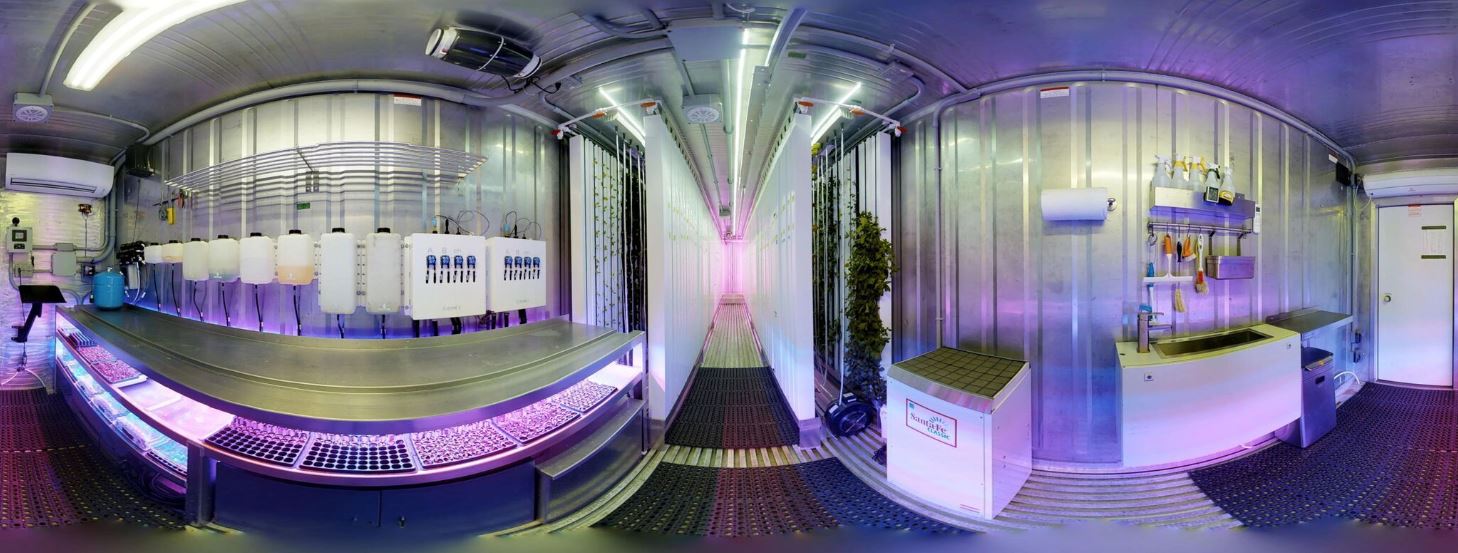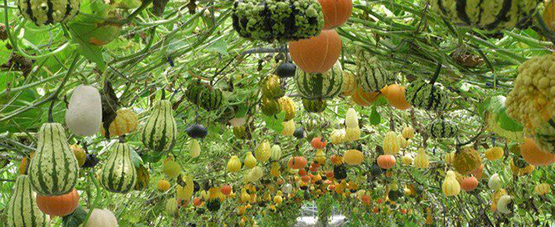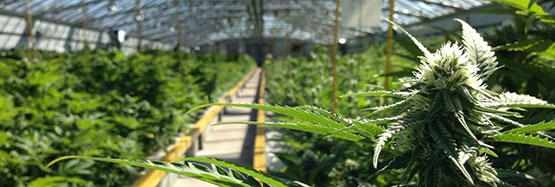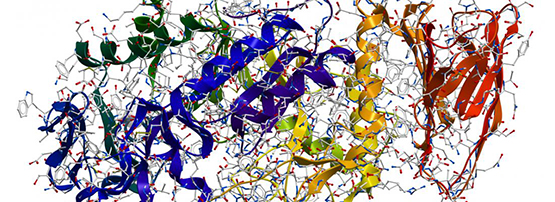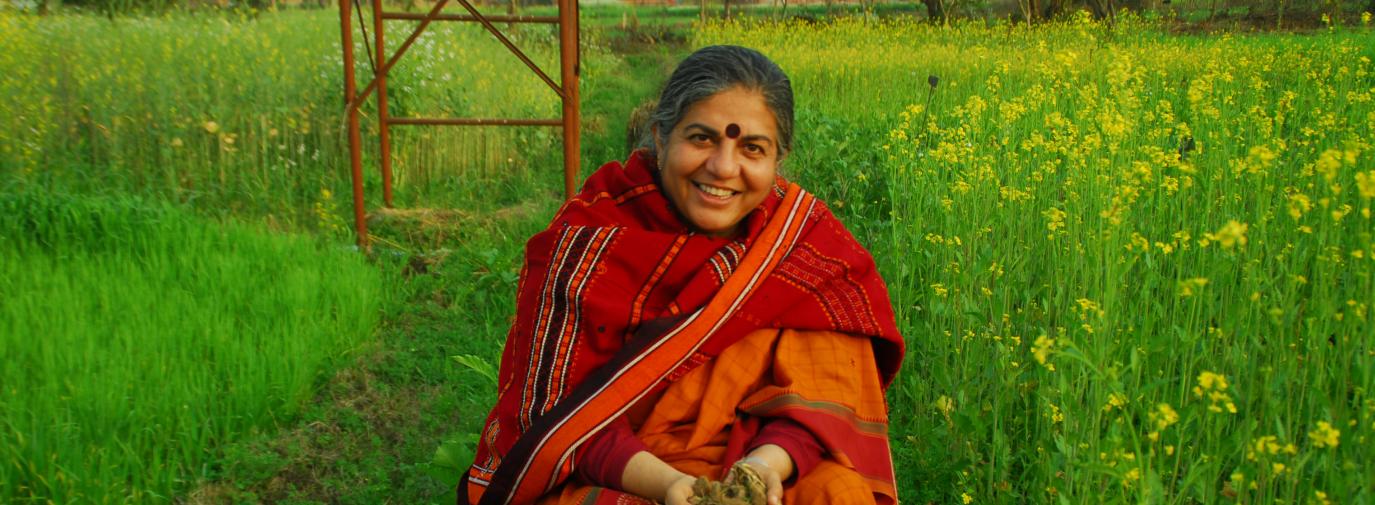The 4th Agricultural Revolution (4AR)
The world has seen 3 Agricultural Revolutions:
1AR: 10,000 – 4,000 years ago, when stationary farms replaced hunting-and-gathering societies.
2AR: 1650-1850, when Europe embraced new methodologies like crop rotation and livestock utilization. The end of 2AR was the start of 2IR. The 2IR ended with the issue of new US$ by the, privately owned, Federal Reserve Bank, and WWI.
3AR: End WWII-1970, when the Green Revolution Techno transfer, such as the development of high-yielding varieties of cereal grains, expanded irrigation infrastructure, distribution of hybridized seeds, synthetic fertilizers and pesticides, and modernization of management techniques, increased yields; saving over a billion people from starvation. The end of 3AR was the end of the US$ backed by gold and the start of 3IR.
4AR: 2016, the Robot revolution, replacing human harvest checkers and pickers. The start of 4AR was also the start of 4IR and Agglomeration 2.0, the strengthening of SME's.
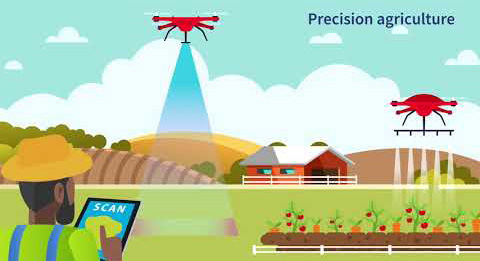
Marrying many technologies to indoor farming will allow the growing, planting and harvesting of crops 24/7, in all seasons, lengthening shelf life and avoiding bruising.
The average yield/acre in indoor farms for crops like tomatoes and leafy greens is more than 10 times higher than outdoor farming. The 4IR technologies, will allow indoor farmers to produce over 20 times more fruit, using 1/10th of the water.
A mobile robot can examine crops for their health, conduct simple pruning jobs, and observe and control their ripening, cultivating crops continually and more efficiently than people.
The newest robots can attack weeds and perform other farm chores. Robotic harvesting vehicles can pick strawberries and perform labor-intensive tasks normally performed by dozens of farm workers.
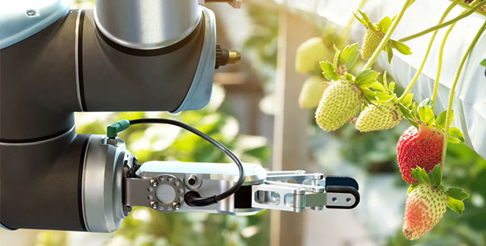
Recent developments in visual sensor technologies, machine leverage and autonomous propulsion have brought even delicate berry picking within reach, with results competitive to human pickers. Robotic arms mounted on mobile platforms are aided by computer vision to identify ripe fruit, grade them to determine their size and quality, and pick them.
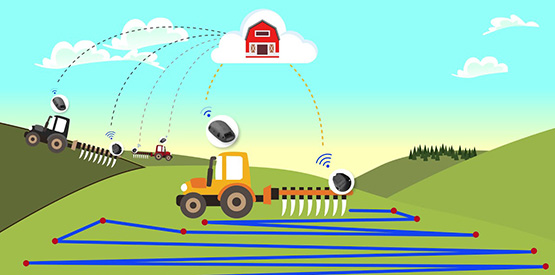
Top Global Trends Driving Agriculture 4.0
Digital technologies and analytics are making farm operations more insight-driven and efficient. Here are the 5 global trends catalyzing digital transformation in agriculture:
- Increase in food demand. The world population is expected to rise to 10B by 2050 and boost agricultural demand by 50% compared to 2013, with an increase in demand for proteins, fruits, and vegetables.
- Declines in farm income. The USDA predicts farm profits to dwindle 7% to $60B, the lowest since 2006.
- Digital native consumers. The new generation of digital-native, tech-savvy consumers who come with expectations based on their experiences in other digitalized sectors. These millennial customers are driving demand for organic products, sustainable retail supply chains, and zero deforestation commitments.
- Digital disruption and consolidation. Agri-food retailers face pressure from increasing consolidation in the seed and crop protection industry, and from changing demands of their digitally-savvy customers. Traders lack foresight into the crop volume and thus face highly volatile prices. Digitalization across the value chain and expansion of in-house storage among farmers is disrupting their fundamental business model.
- Food loss and waste. UN-data research shows that about 1/3 of all food produced gets lost or wasted, while 800 MM people go hungry. Developing countries deal with a lack of cold chain infrastructure to transport fruits, vegetables and meat over long distances.
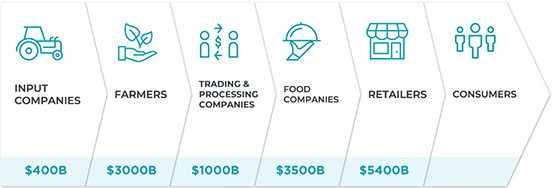
The agriculture value chain: total annual sales in billions.
Precision farming and techno-advancements along the entire supply chain can improve these challenges and meet rising global food demand, which is driving Agriculture 4.0.
4 major techno-trends shaping Agriculture 4.0
- Farm Robotics. Besides fruit-picking, robotics are also capable of identifying unwanted plants and spraying them with high-precision herbicide, reducing input costs and increasing efficiency.
- Remote Sensing. A myriad of remote sensing techniques, from in-field sensors to drones to satellite imagery, allow farmers to view their crops from multiple perspectives. With advances in computing and sensor technology, farmers can now get access to high-cadence, broad area coverage with field-level detail. This is up-to-date information in real-time, so changes to their crops can be made accordingly.
- Machine Learning and Analytics. Machine learning can predict which traits and genes will be best for crop production, giving rural farmers the best breed for their location and climate. At the field level, machine learning techniques use satellite data to distinguish between crops, like corn and soy, and can provide valuable information for crop insurance, logistics, and commodity markets. The intersection of robotics and big data will accelerate this trend even further.
- Blockchain. Featuring no paper contracts, certificates, or manual checks, a soybean shipment transaction from a seller in the USA to a buyer in China was completed at five times the speed of a paper-based trade using ING’s blockchain technology. It increased transparency, traceability and efficiency along the supply chain.
Digitalization causes massive transformation in Agriculture, and creating market dynamics that are difficult to predict.
As Investors put in $700MM into Ag-tech companies in 2017, more changes and disruptions are on the horizon.
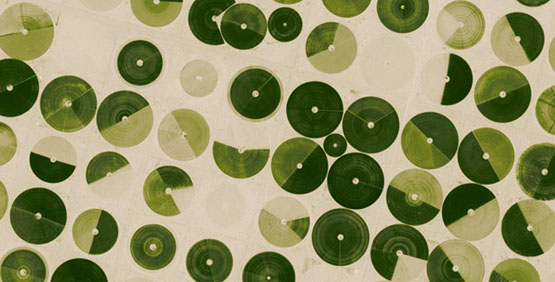
Central pivot irrigation

